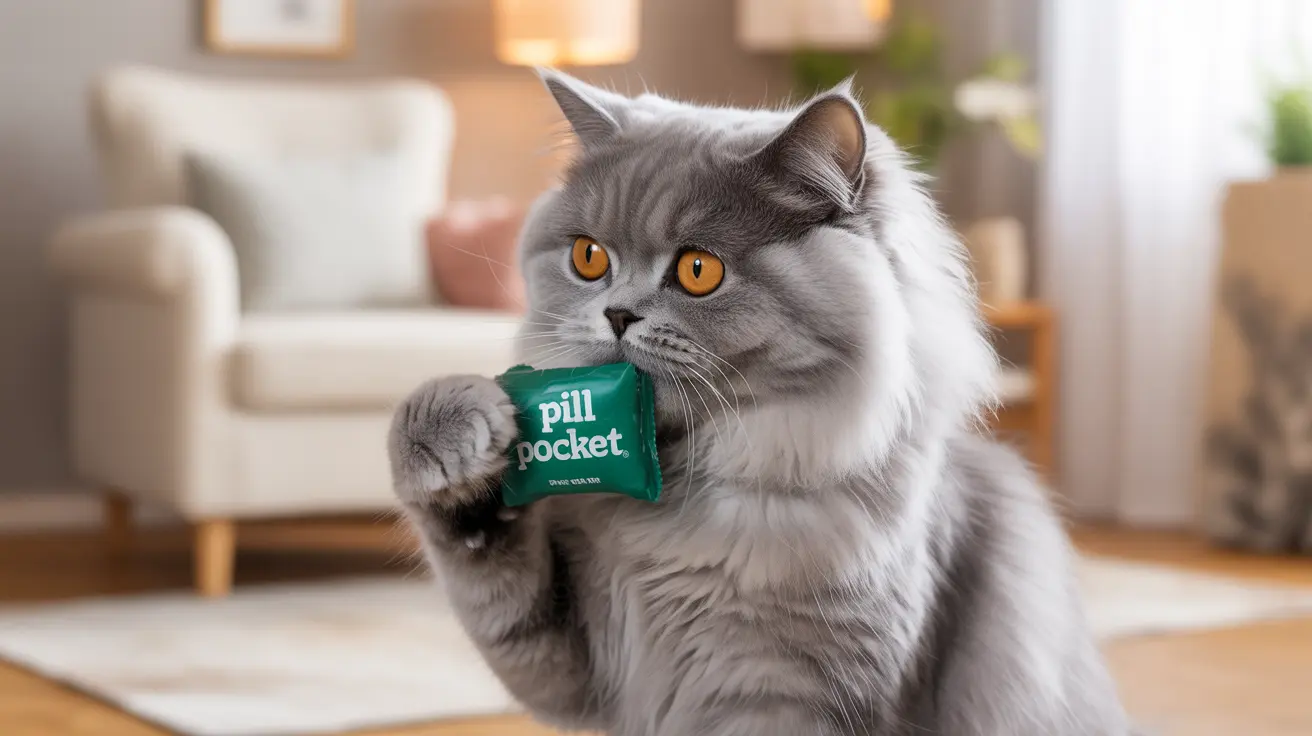Administering medication to cats can be challenging, but pill pockets have revolutionized how we give our feline friends their necessary medications. These treat-like pouches are designed specifically to hide pills and make medication time less stressful for both cats and their owners. Let's explore everything you need to know about using pill pockets effectively and safely for your cat.
Understanding the proper use of pill pockets can make a significant difference in your cat's medication routine. Whether you're dealing with short-term antibiotics or long-term health management, knowing how to use these tools correctly is essential for your cat's wellbeing.
Understanding Cat Pill Pockets
Cat pill pockets are specially formulated treats with a hollow center designed to conceal medications. They're made with ingredients that cats find palatable and are sized appropriately for feline mouths. These treats typically come in flavors like chicken or salmon that appeal specifically to cats' taste preferences.
The texture of cat pill pockets is crucial - they're soft enough to mold around medications but firm enough to maintain their shape when handled. This design helps ensure the medication stays hidden until your cat swallows the entire treat.
Proper Usage and Administration Techniques
To effectively use pill pockets, start by ensuring your hands are clean and dry. Take just enough of the treat to completely cover the pill - using too much can make it harder for your cat to swallow and adds unnecessary calories.
Follow these steps for successful administration:
- Place the pill in the pocket's center
- Gently mold the treat around the medication
- Ensure no medication is visible
- Offer immediately to your cat while the pocket is still fresh and soft
Safety Considerations and Best Practices
When using pill pockets, it's important to consider several safety factors. Always check the expiration date and store them properly to maintain freshness. If your cat has any dietary restrictions or allergies, carefully review the ingredients list before use.
Monitor your cat after giving a pill pocket to ensure they've swallowed the medication completely. Some cats may learn to eat around the pill, so staying vigilant is important for successful medication administration.
Alternative Methods When Pill Pockets Don't Work
While pill pockets are effective for many cats, some may need alternative solutions. Consider these options:
- Using small amounts of wet food
- Specially compounded medications in liquid form
- Gel caps or other veterinary-approved alternatives
- Professional administration by your veterinarian
Frequently Asked Questions
What are the key differences between pill pockets made for cats versus those made for dogs?
Cat pill pockets are smaller, softer, and specifically flavored for feline preferences. They contain fewer calories and are designed to be more appealing to cats' unique taste preferences.
Is it safe to use dog pill pockets to give medication to my cat?
While occasional use of dog pill pockets isn't typically harmful, it's not recommended for regular use. Cat-specific pill pockets are safer and more appropriate for feline medication administration.
How can I effectively use cat pill pockets to hide pills without my cat tasting the medication?
Use the smallest amount necessary to completely cover the pill, ensure the medication is fully enclosed, and offer it immediately while the pocket is fresh and pliable.
What ingredients should I check for in pill pockets to ensure they are safe for my cat?
Check for artificial preservatives, excessive sodium, and any ingredients your cat may be allergic to. Avoid products containing onion, garlic, or artificial sweeteners.
What are alternative ways to give pills to picky cats if pill pockets don't work?
Try hiding pills in small amounts of wet food, using pill gun devices, or ask your veterinarian about compound medications in liquid form or gel caps.
Conclusion
Pill pockets can be an invaluable tool for administering medication to cats when used correctly. By understanding proper usage techniques and safety considerations, you can make medication time less stressful for both you and your feline companion. Remember to always consult with your veterinarian about the best method for giving specific medications to your cat.






